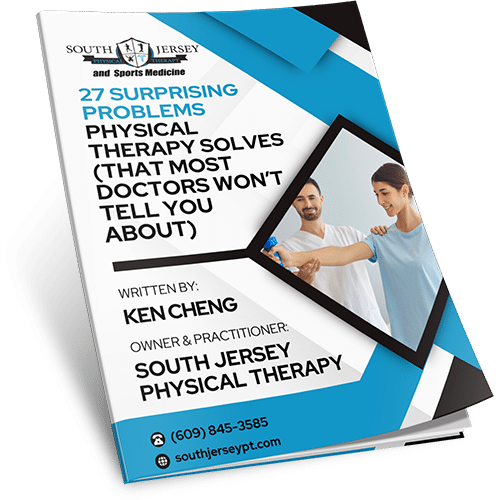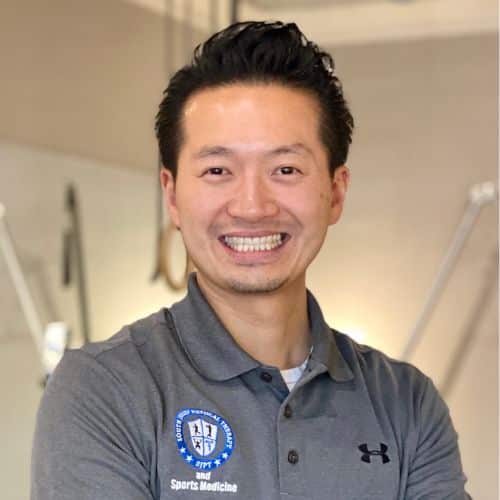Get Your Free Pain Guide!

Why are we giving away this valuable offer for FREE? Because we trust and believe that when you walk through our doors, you will discover what 2000+ other patients have learned – THERE IS SIMPLY NOWHERE BETTER!
If you answered YES to any of the above, you may have found the answer to your Chronic pain at
South Jersey Physical Therapy


Effective treatment for chronic pain starts with a thorough evaluation by a qualified physical therapist or clinician. At , we don’t just chase symptoms – we identify and address the root cause of your discomfort. Our treatment plans include a combination of movement assessments and hands-on techniques to create a tailored recovery plan.
What’s next? You’ve got a decision to make – another month gone without solving your pain problem, or are you ready to get back to doing the things you love?

© Copyright 2025 South Jersey Physical Therapy. All Rights Reserved.
